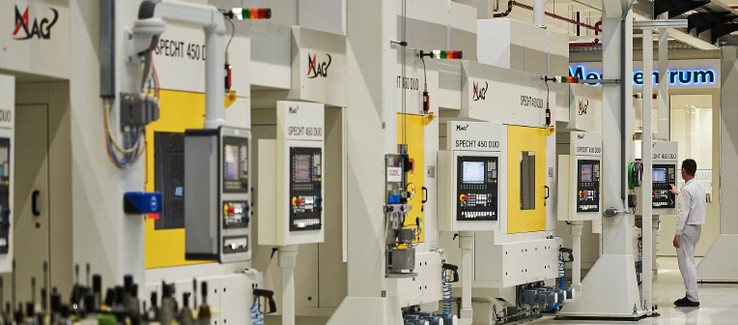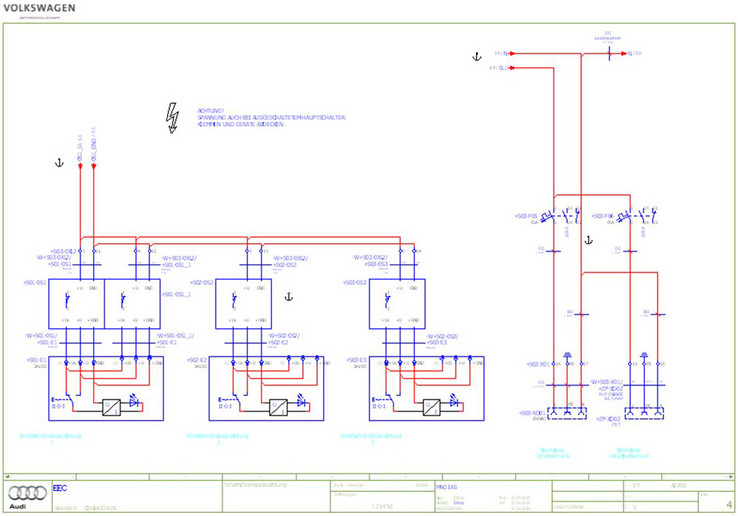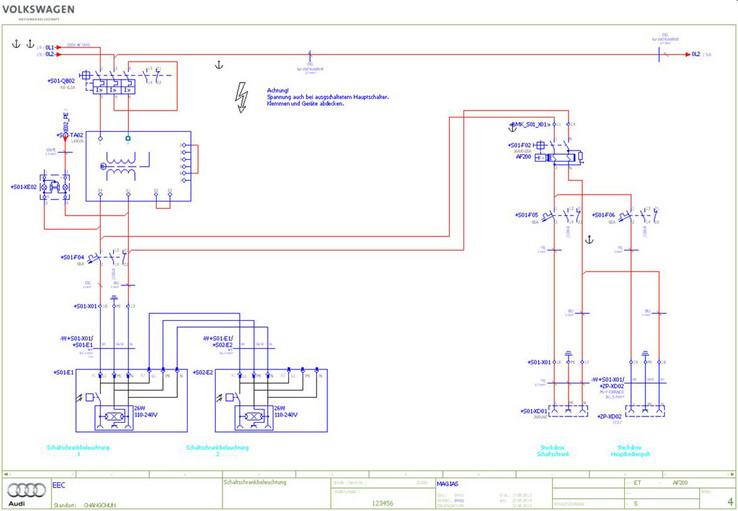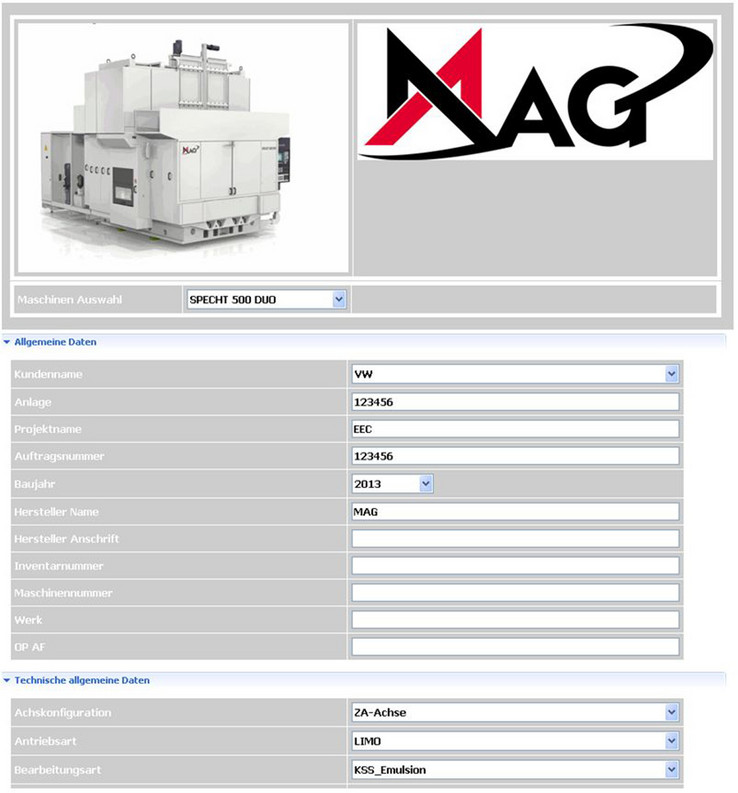Formula ½ for Machine Manufacturers
MAG-IAS GmbH designs and manufactures production lines for automobile engines. Soon they will be able to shorten their construction time by more than half by using a functional, fully integrated mechatronic module made possible by EPLAN Engineering Center.
MAG-IAS GmbH designs and manufactures production lines for automobile engines. Soon they will be able to shorten their construction time by more than half by using a functional, fully integrated mechatronic module made possible by EPLAN Engineering Center. When an automobile manufacturer wants to produce a new engine, there’s a very good chance that they will contact MAG-IAS. The company, based in Eislingen/Fils near Stuttgart, Germany, is one of the global specialists in designing and fabricating complete production lines for the fully automated production of engine blocks, cylinder heads and crankshafts. This production equipment is made up of many individual machines that take on processing steps such as turning, milling and honing and, with up to sixteen pivots, achieve it with great flexibility. This module was originally set up for only the mechanical level, based on components and parts including stands, spindles and tool changers. While the module in mechanical design did result in time savings, unfortunately the times required for electrical and fluid power engineering plus programmable logic controllers (PLC) were more likely to increase – the mechanical module allowed greater room for configuration, making the control technology more complex. MAG-IAS wanted to make the potential of automated design accessible. They were looking for a configurator based on an interdisciplinary mechatronic design module. It had to be able to be customised to match the working processes at MAG-IAS and also blend with the sales software the company uses for designing and costing. MAG-IAS decided to go with EPLAN Engineering Center (EEC). Its implementation was very systematic and structured. “MAG-IAS formed a team with one designer from each of the fields of mechanical, electrical, fluid power and software engineering,” says Andreas Hartmann, manager of mechanical engineering at EPLAN. “The team defined the structure of the mechatronic module, the code for the configurator and the interfaces between the disciplines.” Engineers are currently using EEC with EPLAN Electric P8. A high percentage of the electrical schematics are now being generated automatically. The fluid power engineering, which includes four media systems (hydraulics, pneumatics, cooling and lubrication), will be designed with EPLAN Fluid and is to follow briefly. After that, these schematics too will be produced almost completely automatically. The plans call for PLC development to be coupled to EEC in early 2015. The disciplines of mechanical engineering and documentation in Word will follow later.
Thinking Differently Was Encouraged
The objective that MAG-IAS is pursuing is clearly defined: mechatronic engineering across all disciplines based on a functional machine structure and that accesses the appropriately structured module. “Those in charge know that EEC changes the way we look at the design and construction process – which is exactly what they encouraged,” says Hartmann. “They want to think in functionalities instead of components, bills of materials and disciplines.” Very soon after the start of the changeover process, the electrical engineers were able to shorten design times by about 40 per cent; after completing EEC implementation, the electrical engineers will achieve reductions of up to 60 per cent. “That corresponds quite exactly with the potential savings that MAG-IAS originally estimated.” They estimate similar savings in fluid power engineering, and PLC development times should shrink by about half. This not only saves time, but engineering can start much later – after all changes from the client are known. Design security therefore increases, and retroactive design changes are dramatically reduced.






